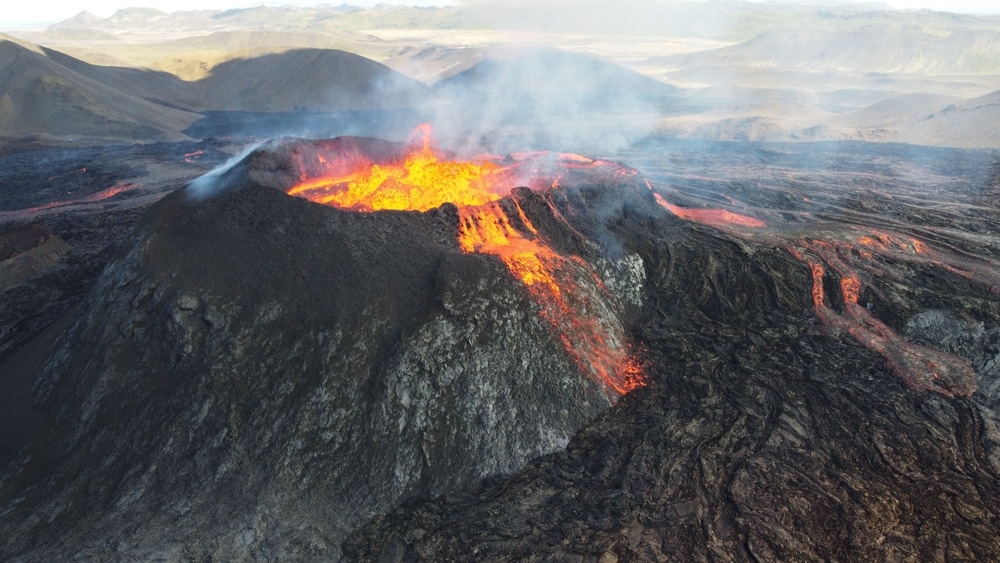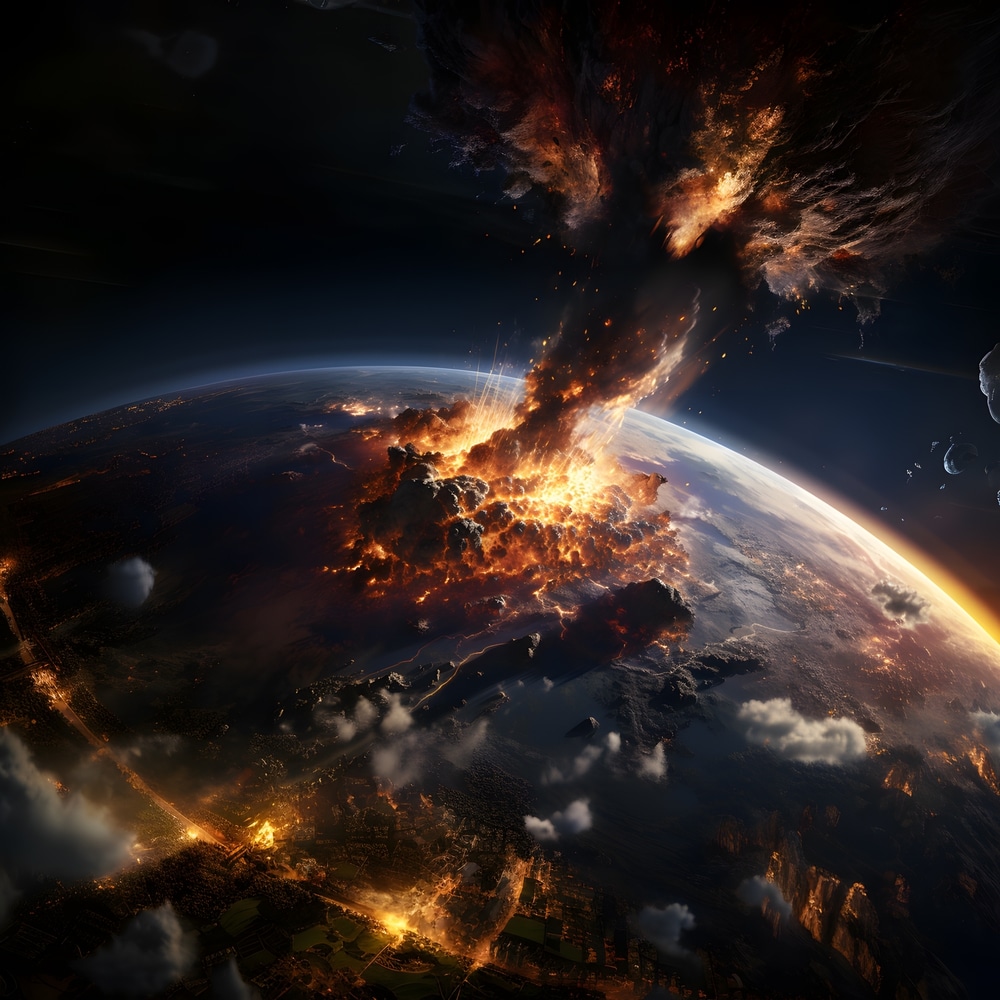The Icelandic Met Office has warned magma beneath Reykjanes Peninsula is quickly reaching levels seen before the Jan. 14 eruption, and a fissure could open with just one hour of warning.
Another volcanic eruption could take place in Iceland in a matter of days or weeks, authorities have warned.
According to experts with the Icelandic Met Office (IMO), 230 million cubic feet (6.5 million cubic meters) of magma has now entered the chamber sitting beneath Svartsengi, around 2.5 miles (4 kilometers) north of the town of Grindavík — meaning the volume is fast approaching levels seen before the eruption on Jan. 14, when two fissures opened on the outskirts of the town.
According to a translated statement from the IMO, the volume of magma in the chamber will reach the same level seen in the last eruption within the next two weeks.
Unlike the previous eruptions, the warning time this time could be as little as one hour due to fewer earthquakes in the build-up, IMO representatives wrote. “In case of repeated magma flows, it is likely that the path for the magma will be easier and this will be accompanied by less seismic activity,” they wrote in the statement.
Benedikt Ófeigsson, head of deformation measurements at the IMO, told Iceland’s national broadcaster RUV that the most likely place a fissure will appear is between Stóra-skógafell and Hagafell — 3.7 miles and 1.2 miles (5.9 km and 2 km), respectively, northeast of Grindavík.
“It is not likely that it will erupt inside the town and in fact the geological data does not indicate that, but nothing is out of the question so we have to keep it in as a possibility, ” he said. “Maybe it’s time for magma not to get this far south again. However, we do not have any measurements that tell us when enough is enough, so we have to assume that the magma can go south again in the direction of Grindavík.”
It’s not possible to predict exactly where an eruption could take place. Carmen Solana, associate professor of volcanology and risk communication at the University of Portsmouth in the U.K., previously told Live Science that magma will rise to the surface through the weakest points in Earth’s crust. “We don’t know where the next one is going to happen and we don’t know how large it will be,” she said. “That’s the sad part of volcanology — we know that something is going to happen and you know roughly where, but you cannot pinpoint with that precision.”

















